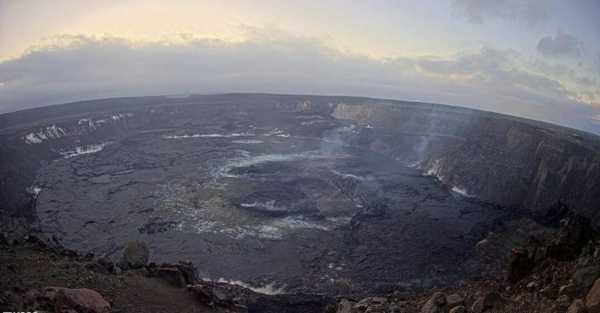
Kilauea, one of the most active volcanoes in the world, began erupting early on Monday in an area that last erupted a half-century ago, the US Geological Survey’s (USGS) Hawaiian Volcano Observatory said.
The eruption is about 1.6km south of the Kilauea caldera, in an area within Hawai’i Volcanoes National Park that last erupted in December 1974.
The area surrounding the caldera has been closed to the public since 2008 because of other hazards, including ground cracking, instability in the crater wall and rockfalls.
“Glow is visible in webcam imagery, indicating that lava is currently erupting from fissures,” the USGS observatory said.
The eruption in 1974 only lasted about six hours. The observatory said it is not yet possible to tell how long this eruption will last.
Typically the primary hazard during during Kilauea eruptions is volcanic gas, which reacts with the atmosphere to create volcanic smog, or “vog”.
The vog can present health hazards for residents and visitors, damage plants and affect livestock, the observatory said.
The observatory logged roughly 250 earthquakes beneath the Kilauea summit in the hours before the eruption began.
The observatory said it would issue updates on the eruption daily, as well as whenever there are significant changes in volcanic activity.
Sourse: breakingnews.ie